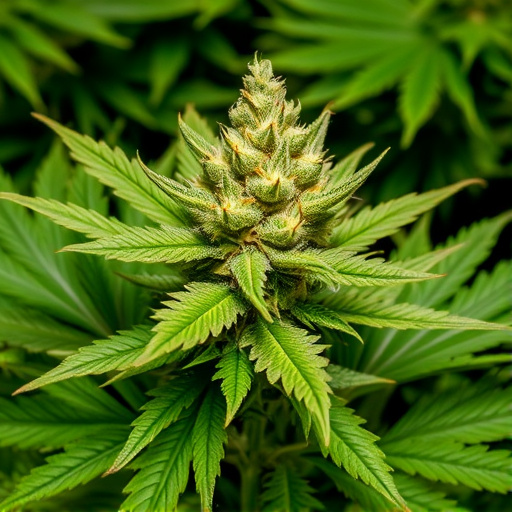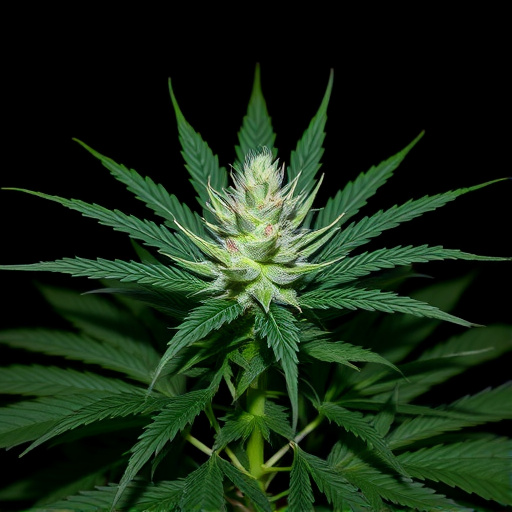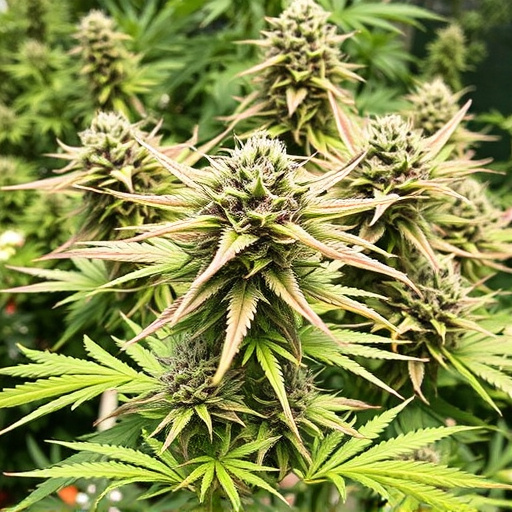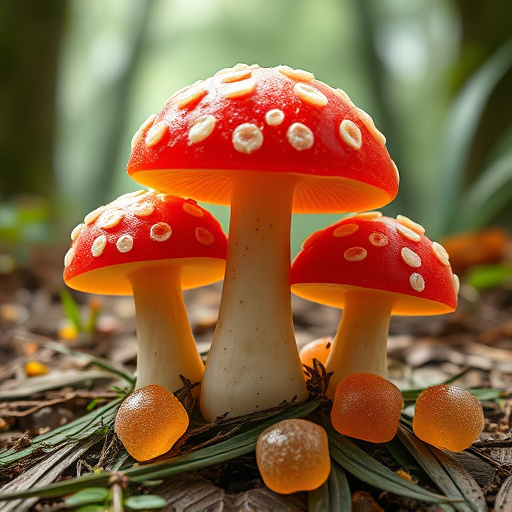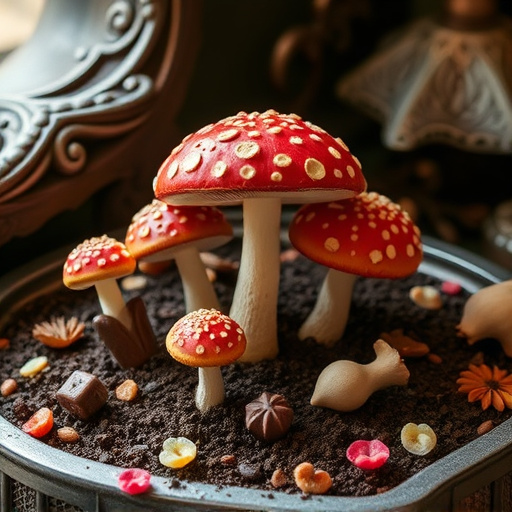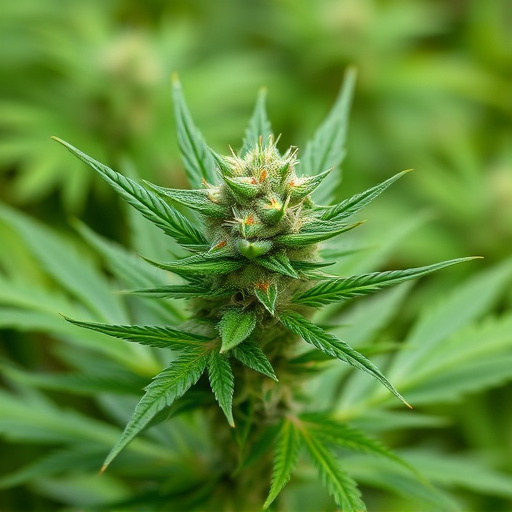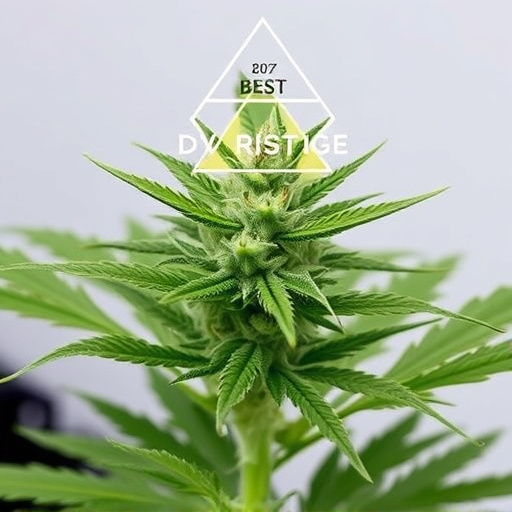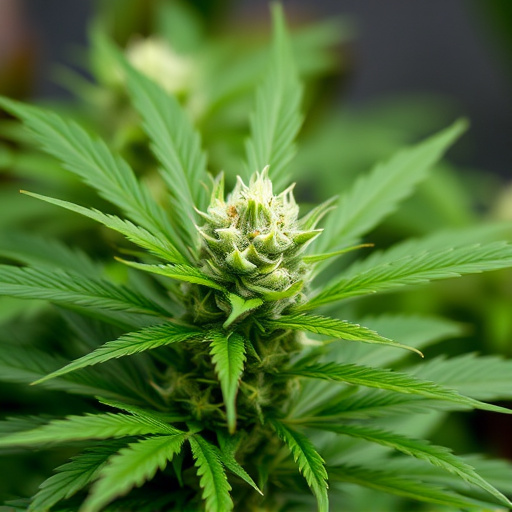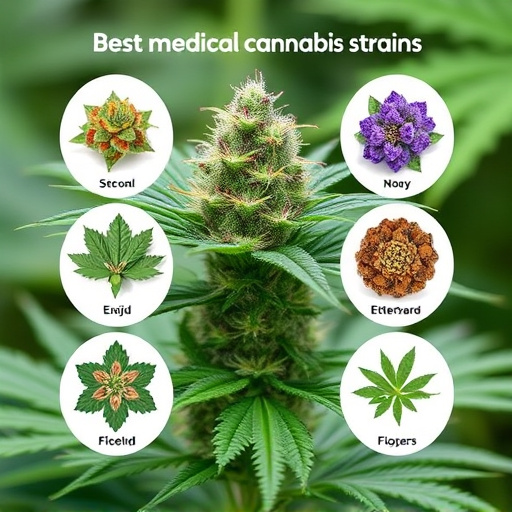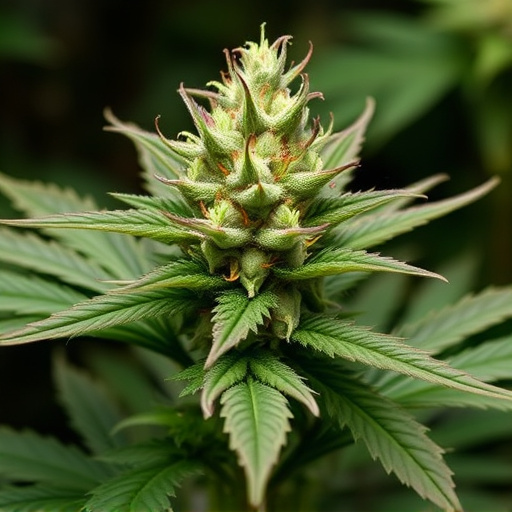Cannabis plants' colors and therapeutic properties are driven by two key cannabinoids, THC (Tetrahydrocannabinol) and CBD (Cannabidiol). THC influences coloration, while CBD contributes to medicinal benefits. Genetic variations create a vast array of best medical cannabis strains with unique pigment expressions, terpene profiles, and cannabinoid ratios. Environmental factors like temperature, light, and nutrients further tailor these strains' colors and therapeutic potential, making them visually stunning and highly sought after by medical users.
Uncover the captivating secrets behind the vibrant hues of medical cannabis plants in this comprehensive guide. From the potent THC and calming CBD to genetic diversity and environmental influences, we explore what truly causes purple, red, and blue weed. Discover how these unique color variations contribute to the diverse profiles of the best medical cannabis strains, offering a deeper understanding for cultivators and enthusiasts alike.
- Understanding Cannabinoid Profiles: The Role of THC and CBD
- Genetic Variations Leading to Colorful Varieties
- Environmental Factors Shaping Final Pigmentation
Understanding Cannabinoid Profiles: The Role of THC and CBD
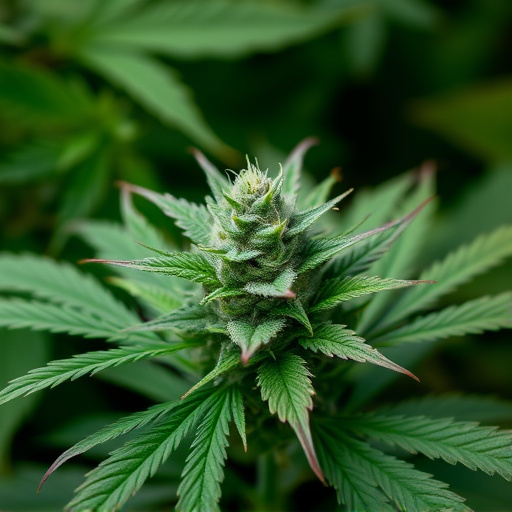
Cannabis plants, known for their diverse range of best medical cannabis strains, offer a complex array of chemical compounds that contribute to their unique effects on the user. At the heart of this complexity lie two primary cannabinoids: THC (Tetrahydrocannabinol) and CBD (Cannabidiol). These compounds play pivotal roles in determining the plant’s color and its therapeutic properties.
THC, responsible for the psychoactive effects associated with cannabis, influences the plant’s hue by interacting with specific pigments. Elevated THC levels can enhance or alter existing colors, potentially leading to the vibrant purple, red, or blue shades often observed in certain strains. CBD, on the other hand, does not directly impact the plant’s color but is crucial for its medicinal benefits. Balanced cannabinoid profiles, including optimal ratios of THC and CBD, are sought after by medical cannabis users due to their potential therapeutic advantages.
Genetic Variations Leading to Colorful Varieties
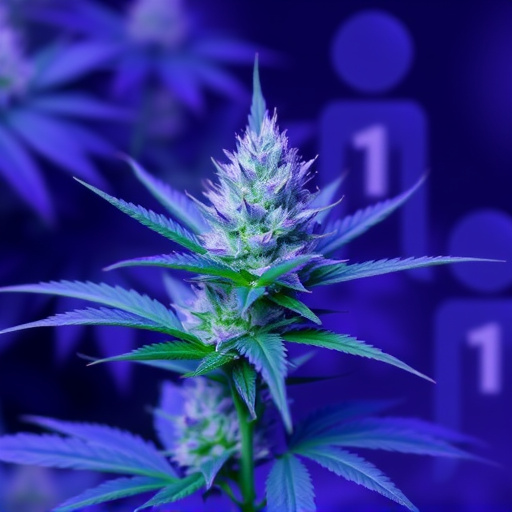
Genetic variations play a pivotal role in creating the stunning array of colors seen in modern best medical cannabis strains. Through natural selection and selective breeding, specific genetic mutations have occurred that result in unique pigment expressions. These variations can lead to the vibrant purple, striking red, or deep blue hues that captivate growers and enthusiasts alike.
Each color variation often corresponds to different chemical profiles, offering distinct therapeutic benefits. For instance, some blue strains are renowned for their high CBD content, making them popular choices for patients seeking anxiety relief and pain management without intense psychoactive effects. Meanwhile, red varieties may boast elevated levels of certain terpenes, contributing to their unique aromas and potential additional medicinal properties.
Environmental Factors Shaping Final Pigmentation
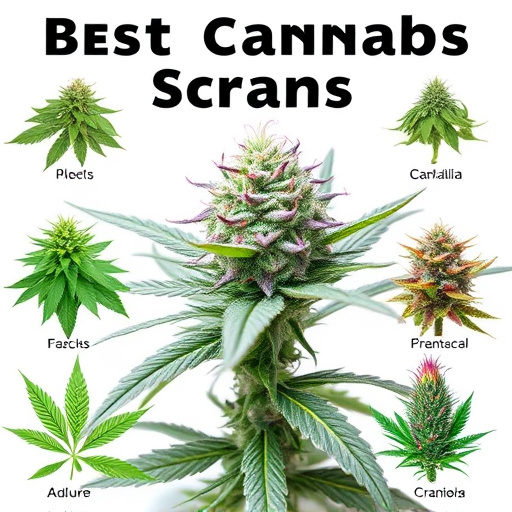
The final pigmentation of cannabis flowers is a result of complex interactions between genetic predispositions and environmental factors. Among the most significant external influences are light, temperature, and nutrient availability. These elements play a crucial role in determining whether a plant will exhibit purplish, reddish, or bluish tints. For instance, cooler temperatures and lower light intensities often encourage the production of anthocyanins, natural pigments responsible for shades of red, blue, and purple. This is why some of the best medical cannabis strains known for their vibrant colors thrive in specific climate conditions.
Additionally, nutrient deficiencies or excesses can shift the plant’s pigmentation. A lack of certain minerals, such as iron or magnesium, might lead to reddish hues, while an imbalance in nitrogen levels can result in bluish tones. Growers who understand these environmental factors can optimize conditions to cultivate not only visually striking flowers but also high-quality cannabis with desirable therapeutic properties, catering to the needs of medical users seeking the best medical cannabis strains.
The vibrant hues of purple, red, and blue in cannabis aren’t just cosmetic; they’re a result of intricate interactions between cannabinoids like THC and CBD, genetic variations, and environmental factors. These elements combine to create some of the most sought-after best medical cannabis strains, offering diverse therapeutic benefits. By understanding these causes, cultivators can continue to develop innovative varieties that cater to specific patient needs.
